Strasbourg is a young and dynamic city, European Capital and the capital of the Alsace region, located on the left bank of the Rhine, on the border with Germany.
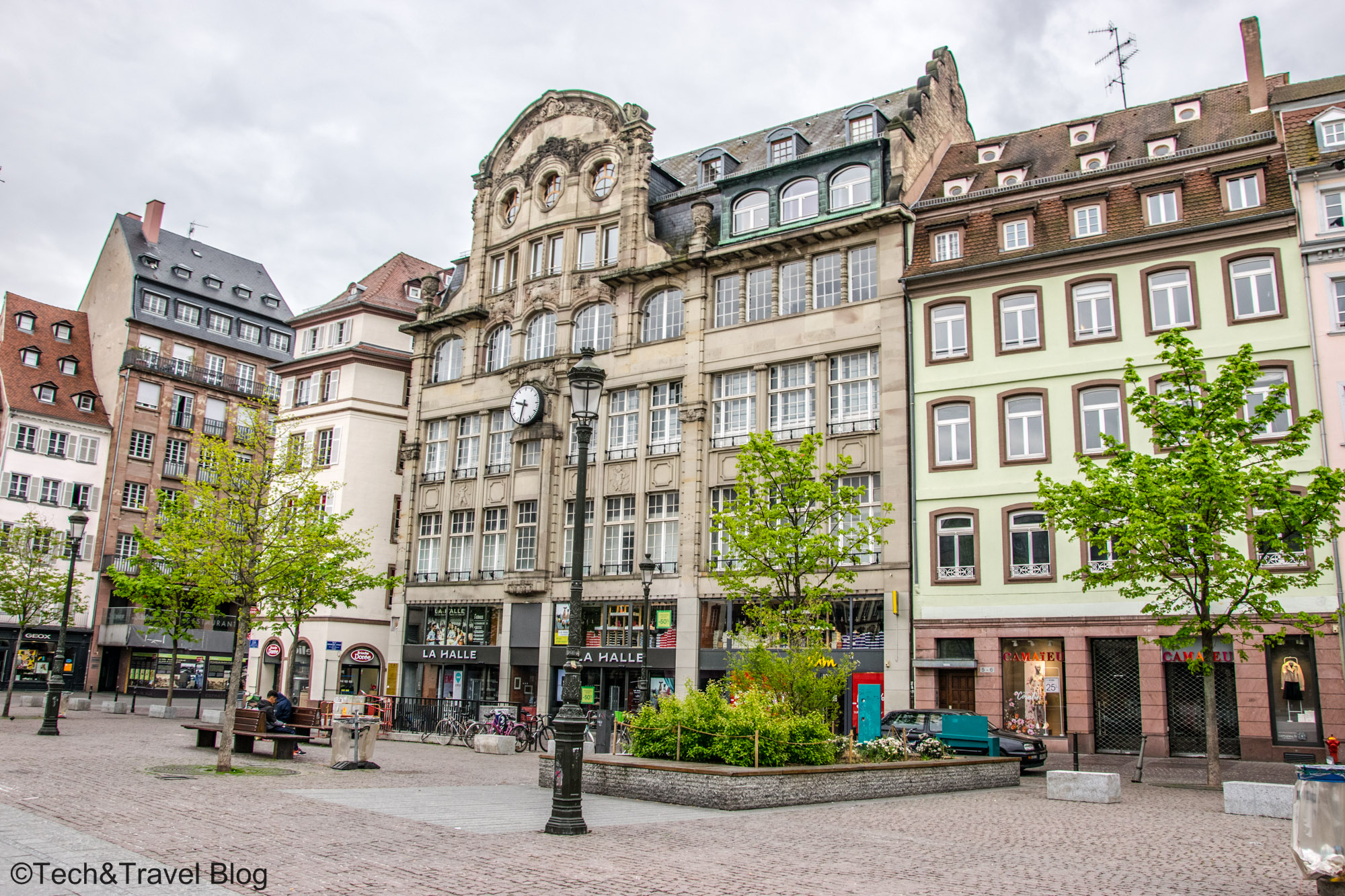
The city is known for hosting a large number of European institutions, including the European Parliament and the Palace of Human Rights.
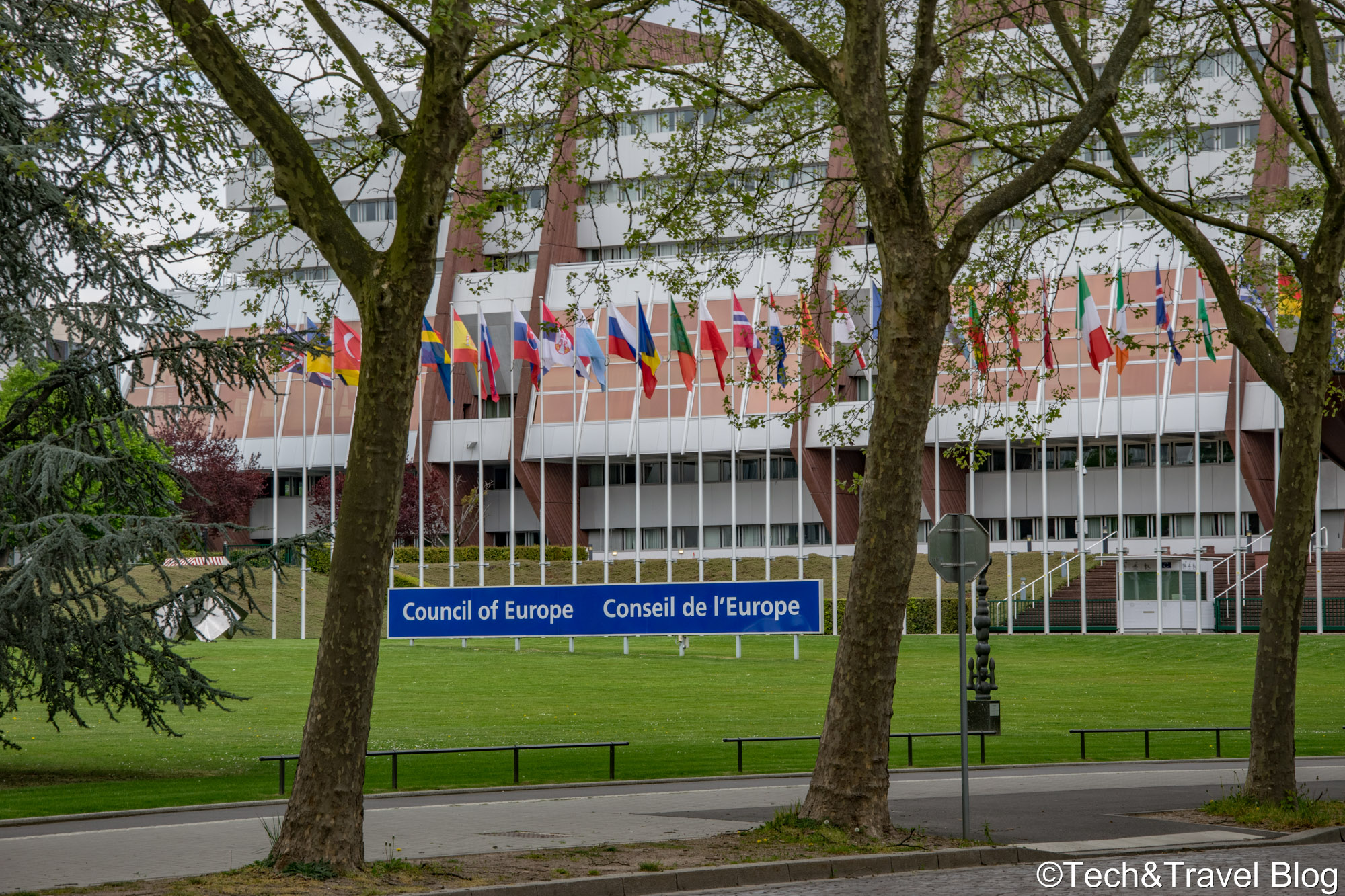
The city’s neighborhoods can be explored on foot or by bike, each with a distinct identity linked to the history of the place and its occupants.
Strasbourg is also known for its historic center – Grande Île – included in the UNESCO heritage. The Grand Île (Great Island) is an urban complex typical of Central Europe , offering a fascinating mix of French and German influences that reflect the political and religious changes that have taken place in the city since medieval times.
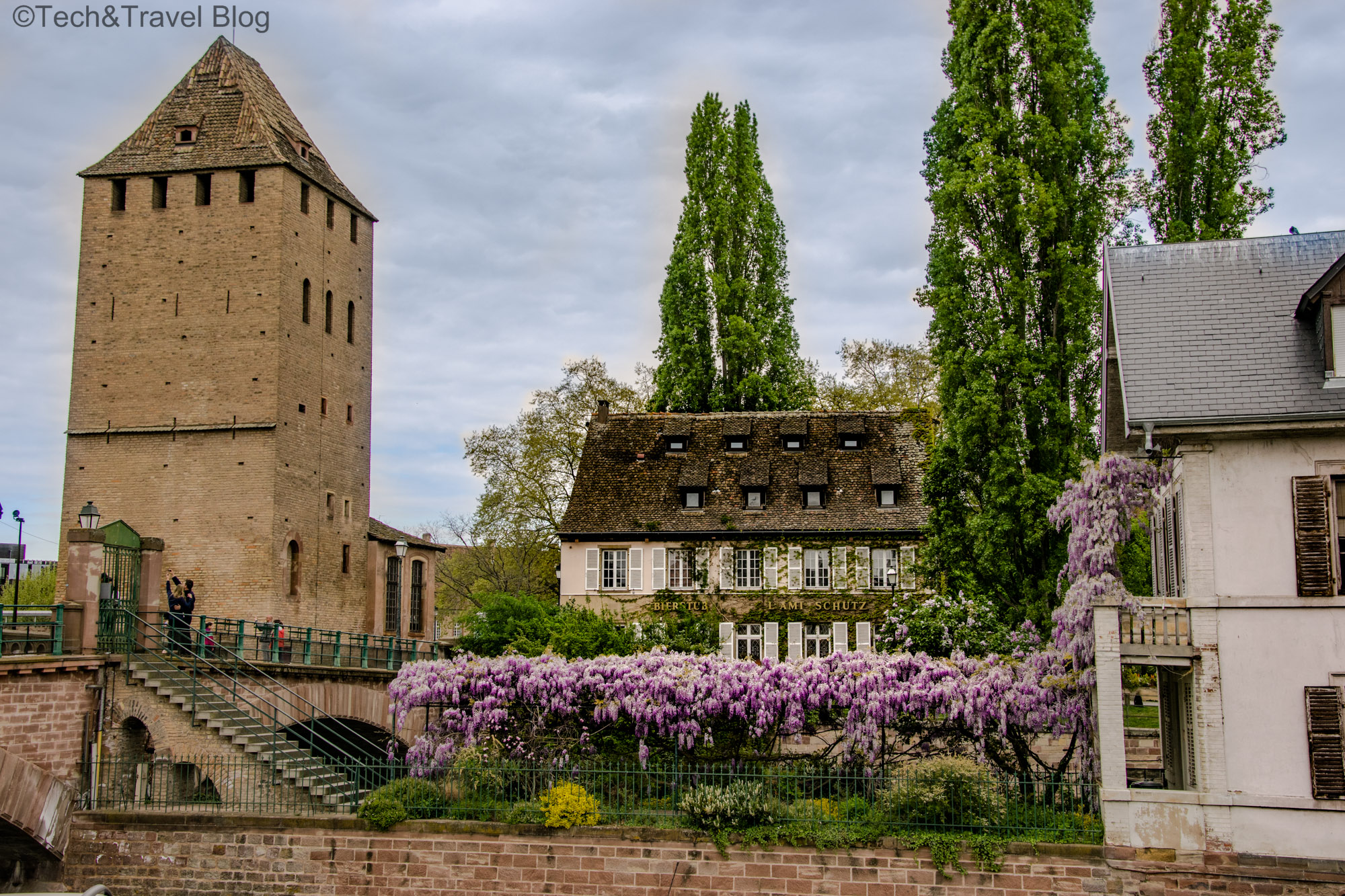
The Grande-Île contains a remarkable monumental ensemble, among which are the Cathedral of Notre Dame de Strasbourg, together with the Oeuvre Notre Dame, the Palais Rohan and 4 old churches (St. Thomas, St. Pierre-le-Vieux, St. Pierre-le Jeune and St. Etienne).
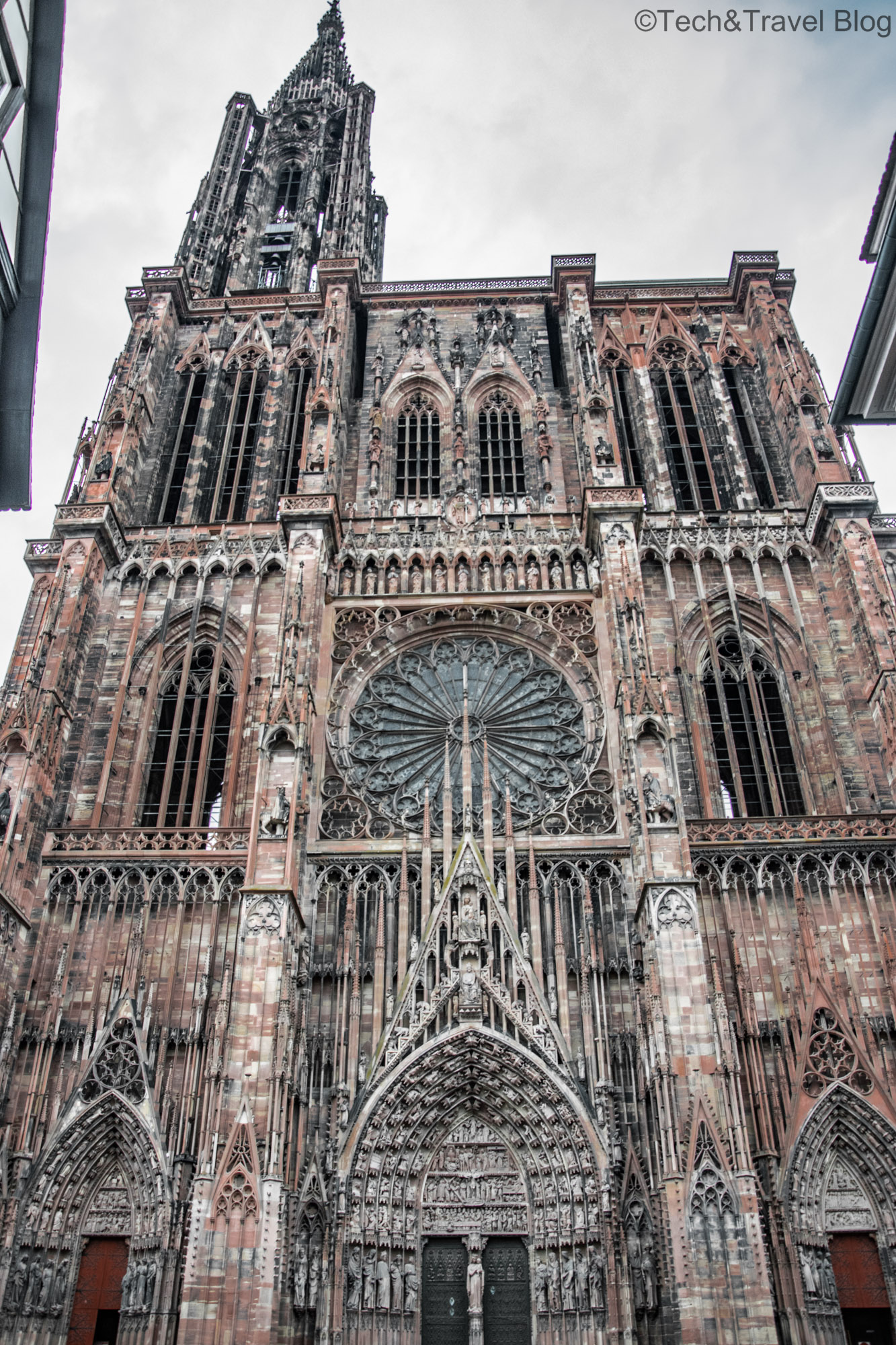
The Cathedral of Notre Dame de Strasbourg is known as one of the most beautiful Gothic cathedrals in Europe, being located on the site of a former Roman temple.
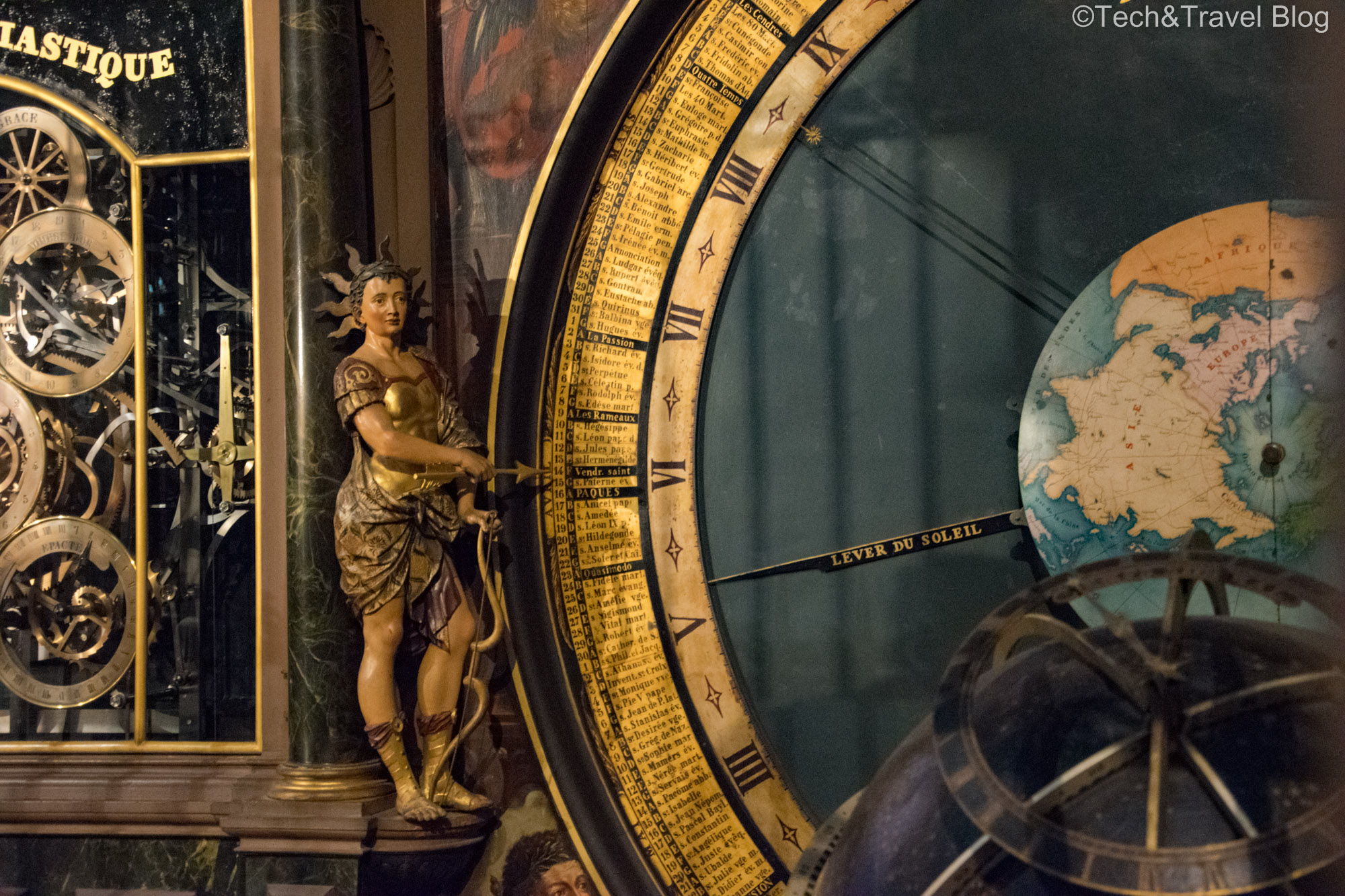
Inside the cathedral, in addition to the stained glass windows dating from the 12th-14th centuries, there is a specific work of the Renaissance: a mechanical astronomical clock. Swiss watchmakers, painters and sculptors worked together to build this mechanism that dates back to 1842. The clock measures 18 meters in diameter, making it one of the largest in the world. There is no charge to visit the interior of the cathedral, but to go up and see the panorama of the city it is €5/person.
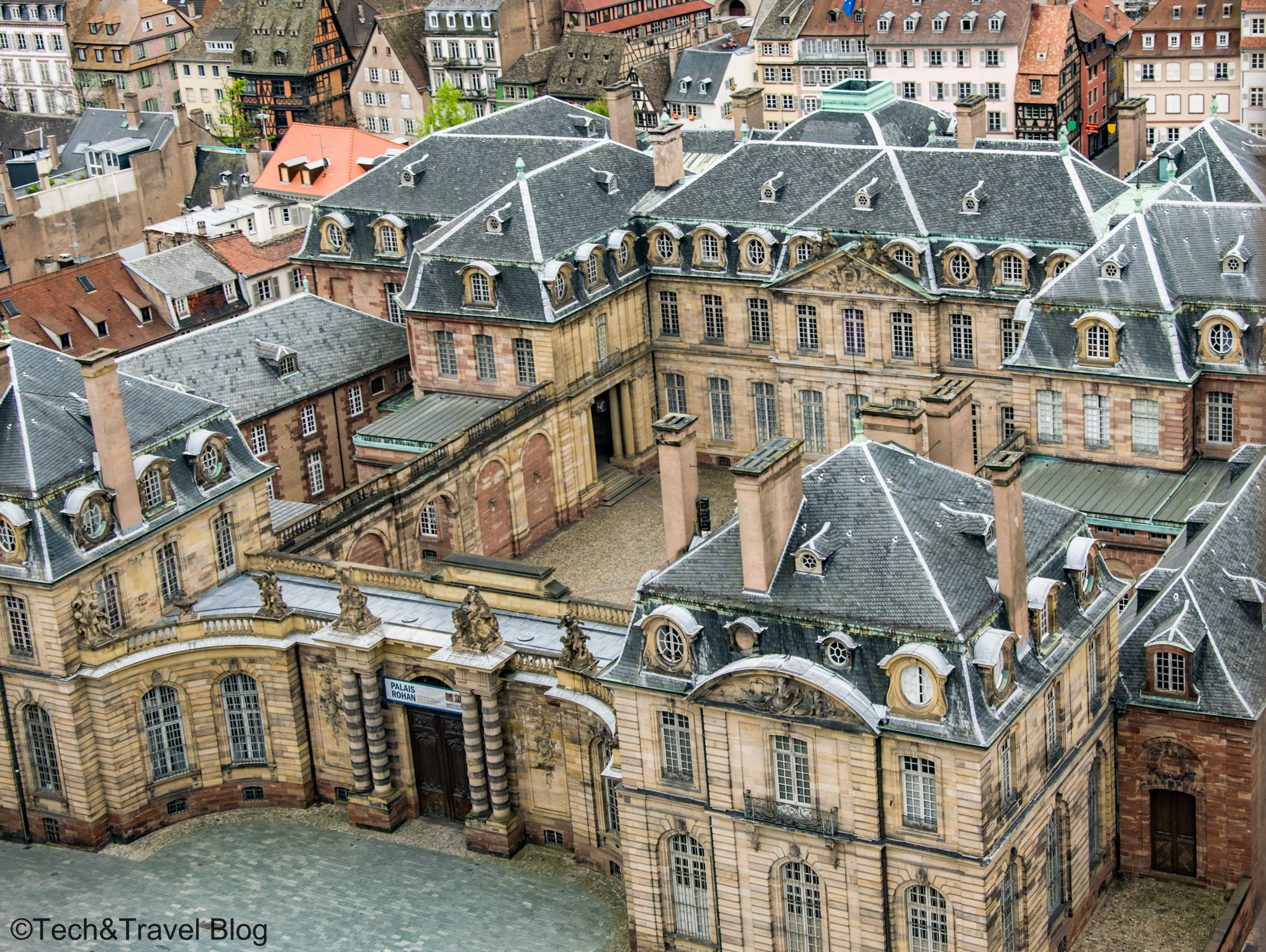
Palais Rohan was built between 1732-1742, being one of the most beautiful creations of French architecture of the 18th century. After the Revolution, the palace became the royal residence of the Emperor and entered a new era, after 1870, as a museum. Since then it houses the Archaeological Museum (basement), the Decorative Arts Museum (ground floor) and the Fine Arts Museum (first floor).
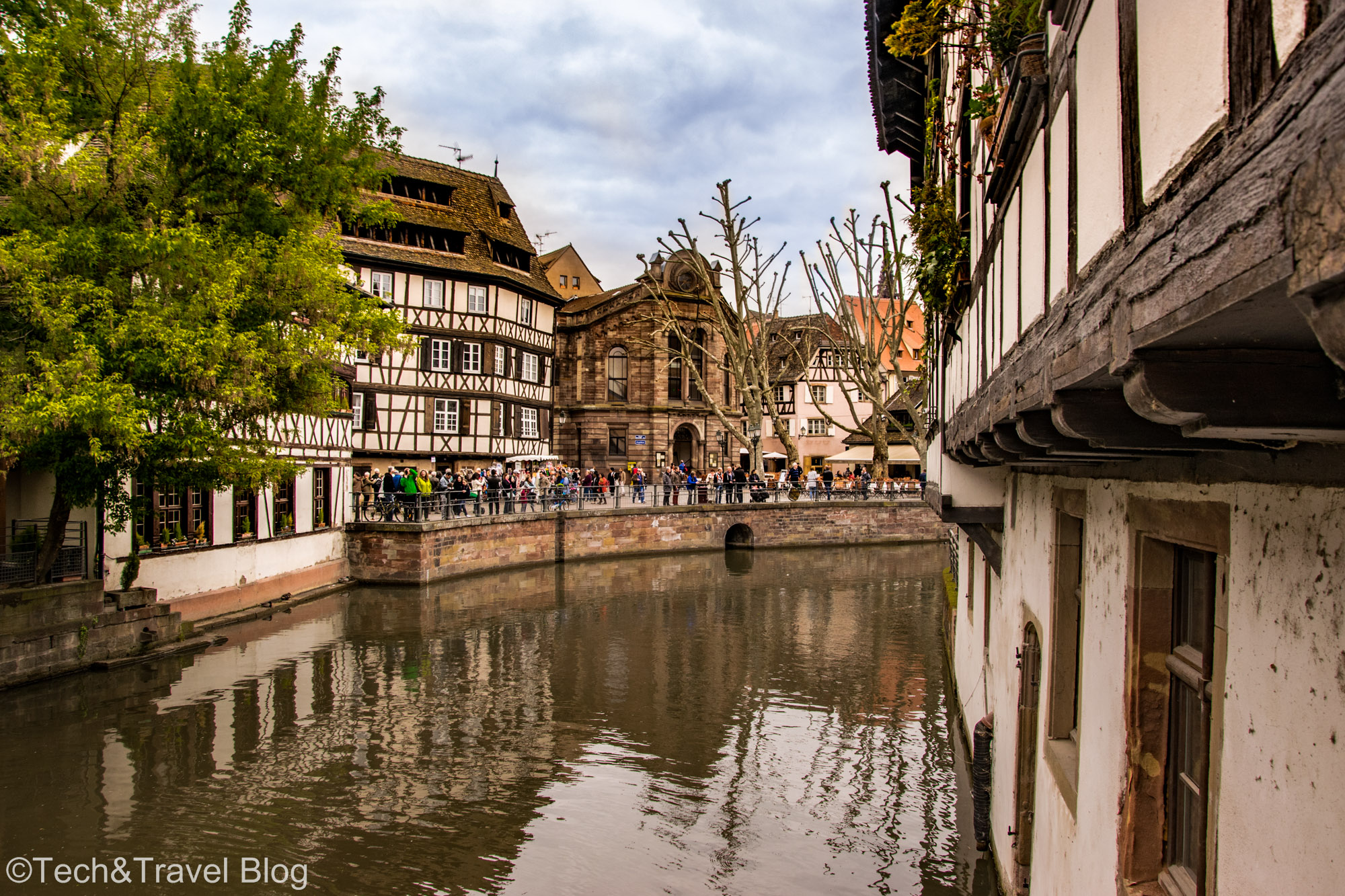
Petit France is another tourist attraction – a district of Strasbourg which, in the Middle Ages , was home to the city’s tanners, millers and fishermen. Now it is one of the main attractions, where you can choose between relaxing on a terrace or strolling through the narrow, colorful streets, especially in the warm season, when a multitude of flowers spill from the windows.
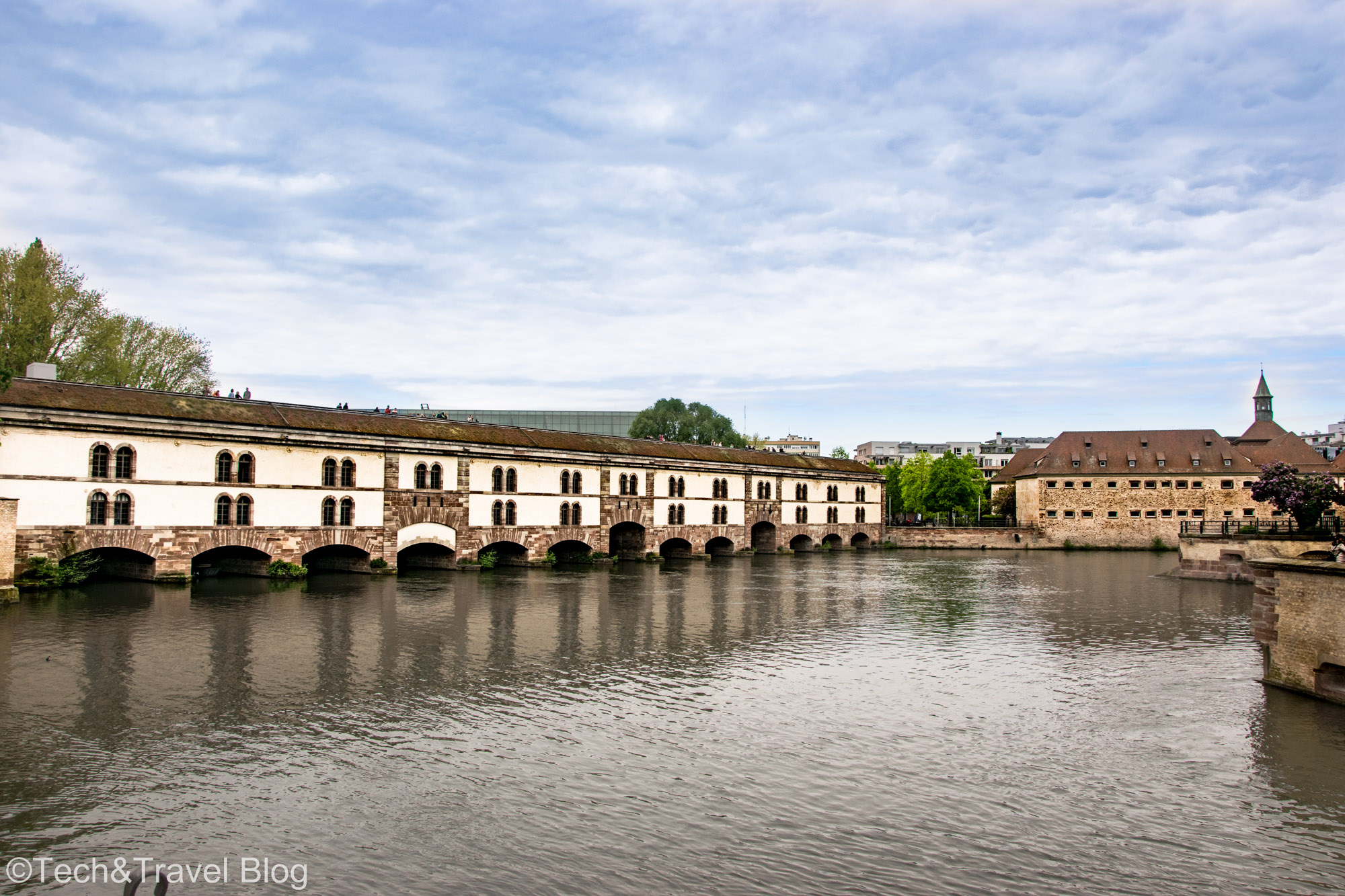
Vauban Barrage – was built in the 17th century and is a dam that was mainly used as a bridge and as a defensive structure. You can climb to the roof terrace of the bridge and the panoramic views of the Petite-France district and the Ponts Couverts are extraordinary.
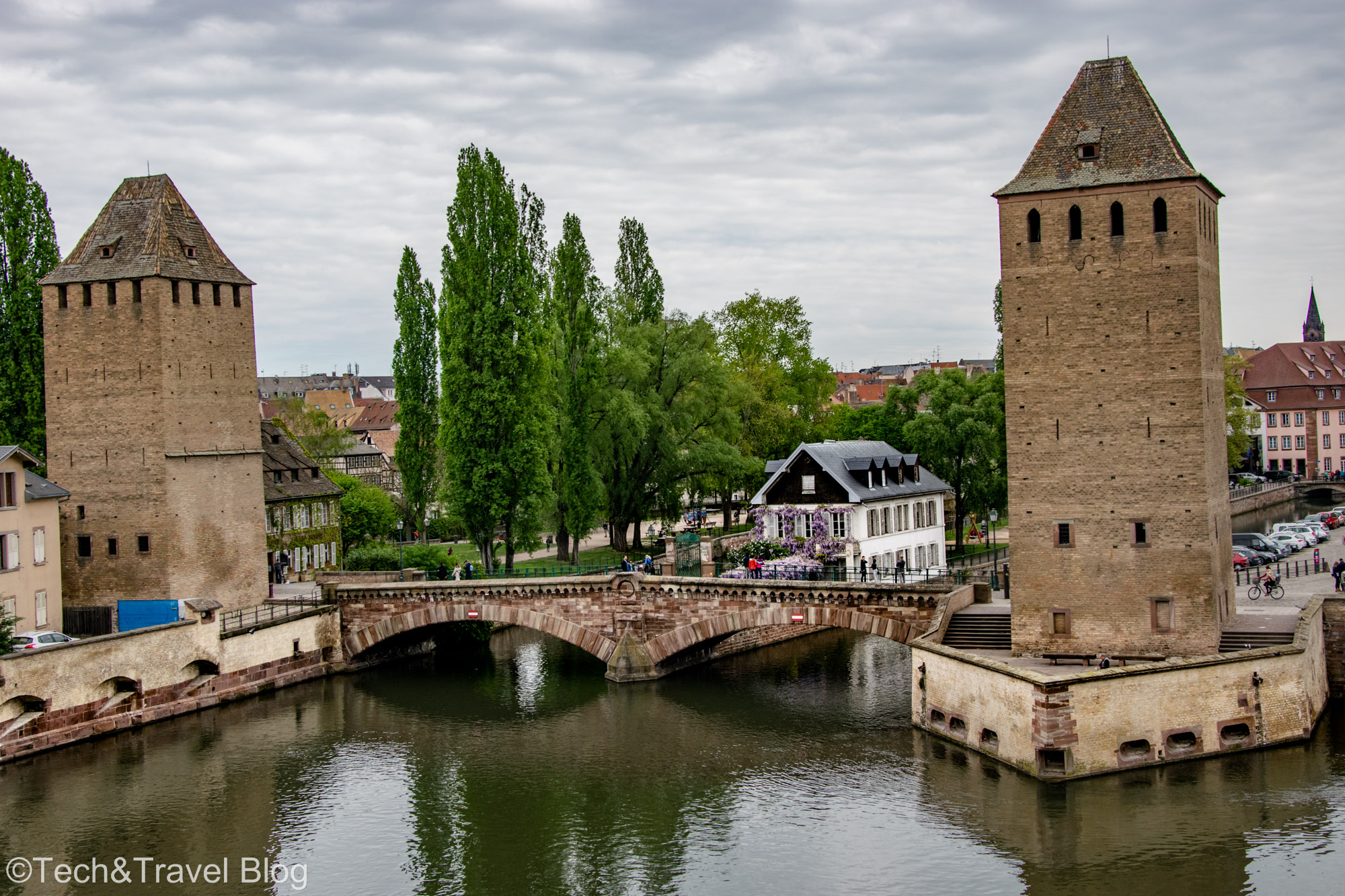
Before the construction of the Vauban Dam, the Ponts Couverts were the main defensive structures of Strasbourg. hey were officially opened in 1250. The name comes from the wooden roofs that were built over the bridges to protect soldiers in times of war, but were removed in 1784. However, the name remains and the site is now classified as a historical monument. The Ponts Couverts are a spectacular way to cross the four canals that run through the heart of Petite-France.
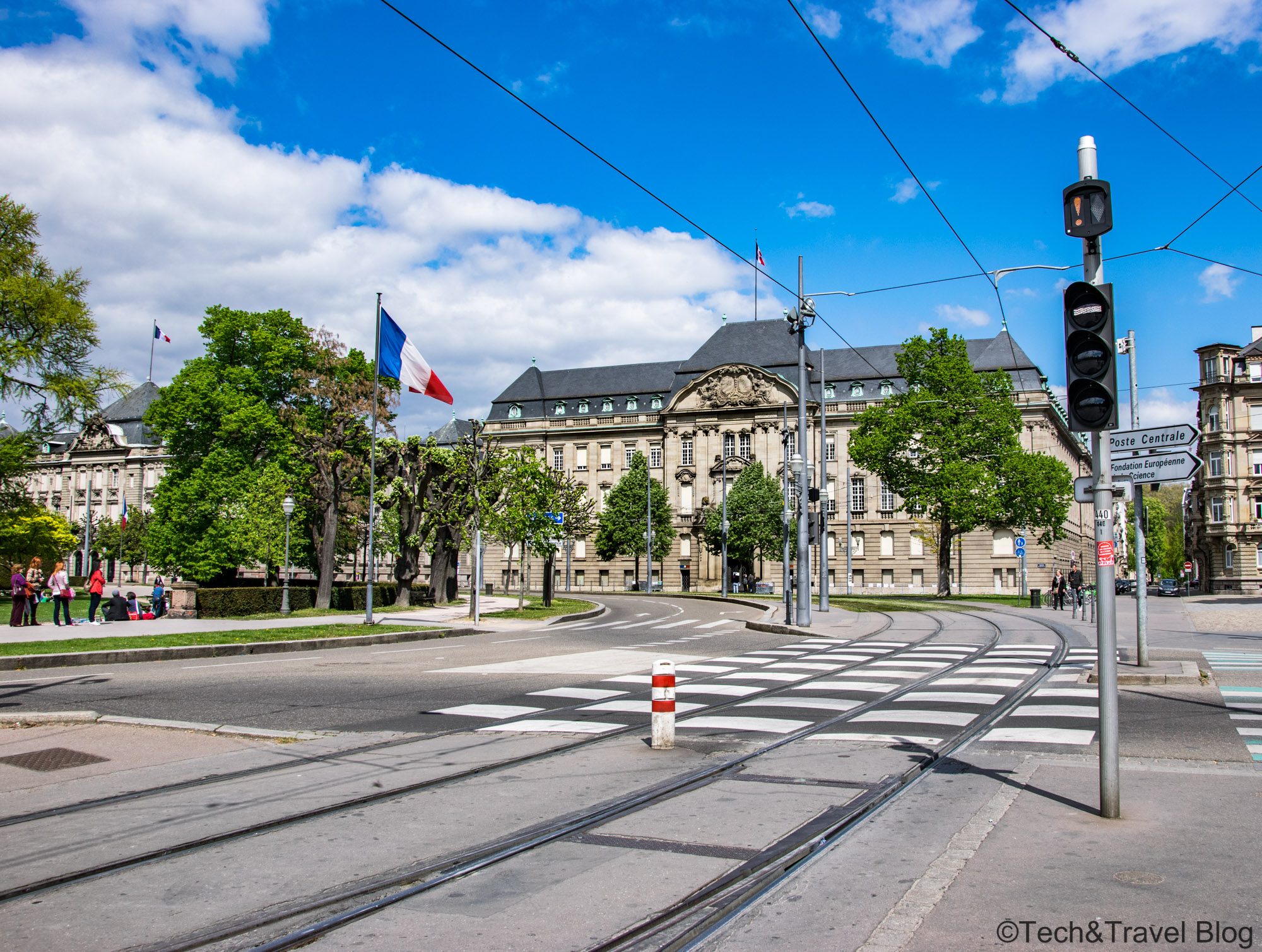
These are just some of the attractions offered by Strasbourg. You can also explore Kleber Square , the Museum of History or Printemps – where you can find a wide range of luxury brands under one roof. This is the ideal place to spend a rainy afternoon in the city.
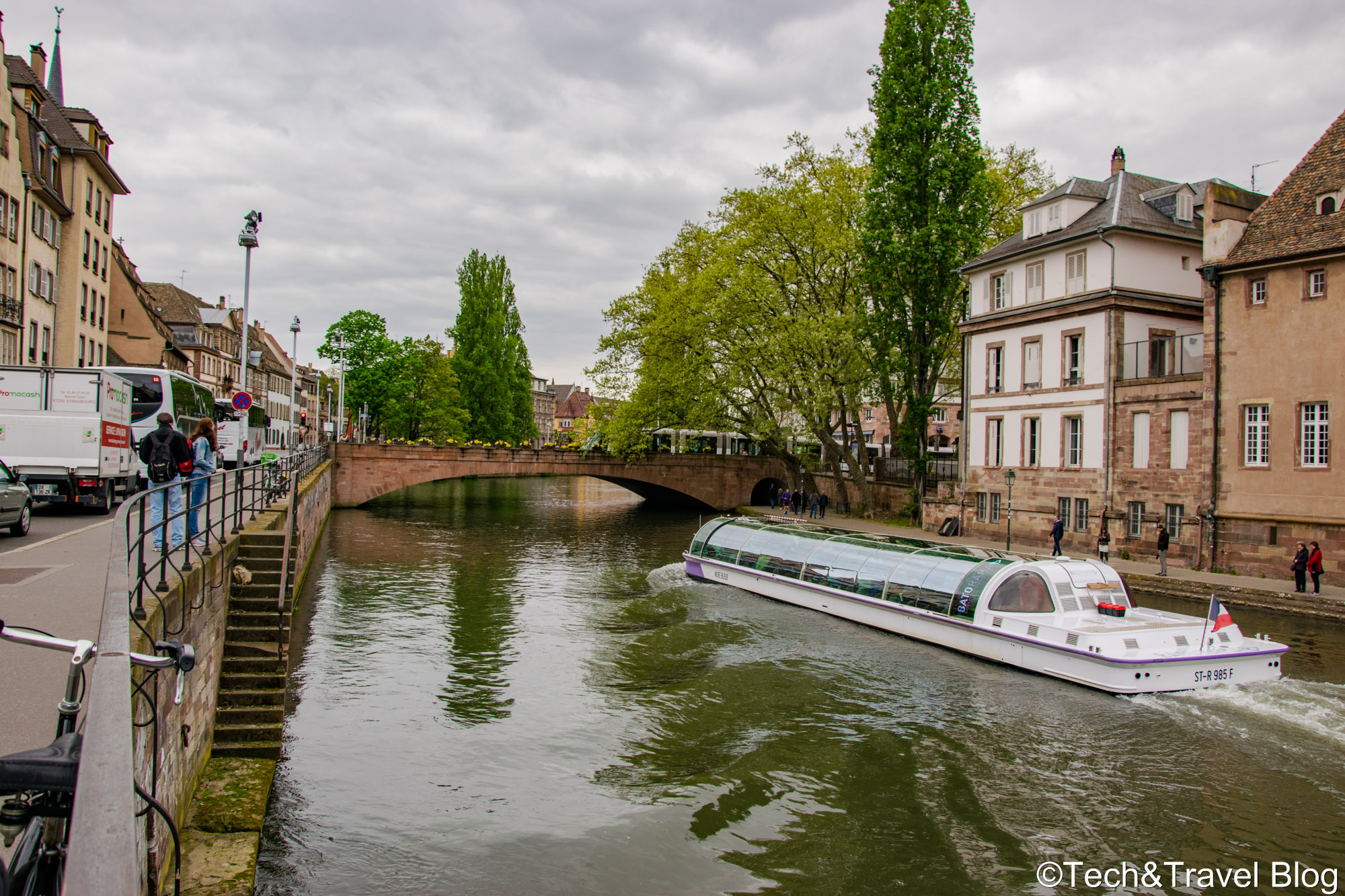
Because Strasbourg is built around the Rhine River , a great way to see the city is on a boat trip – the Batorama – which offers a 70-minute route with an audio guide available in several languages.
If you liked our article on Strasbourg, you might also like our article on Hohenzollern Castle.
(Strasbourg – May 2017)

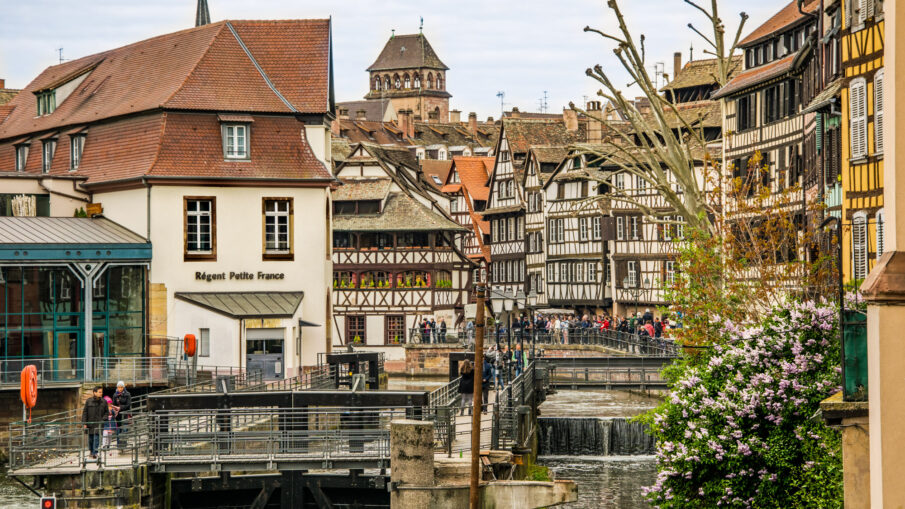
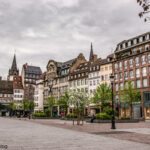
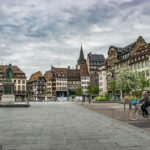
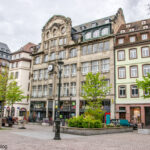
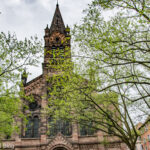
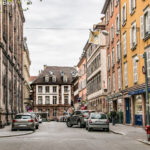
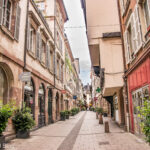
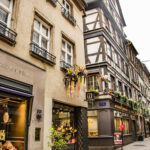
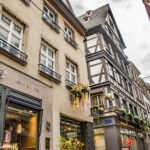
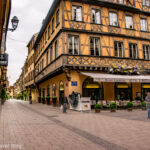
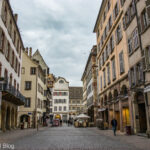
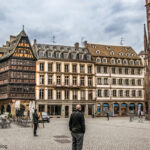
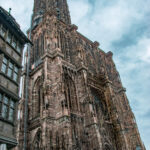
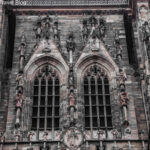
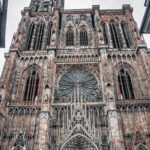
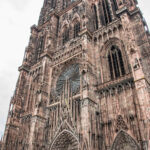
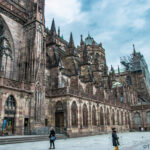
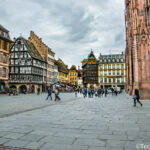
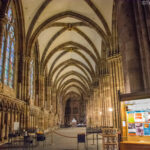
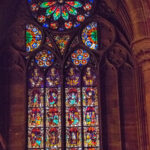
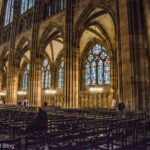
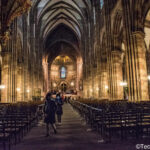
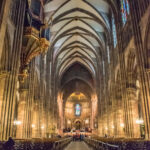
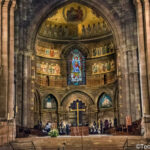
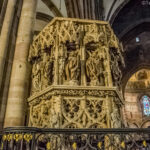
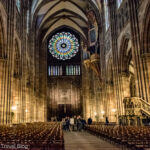
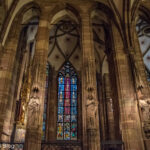
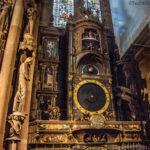
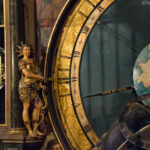
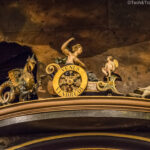
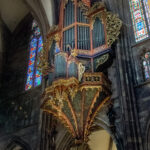
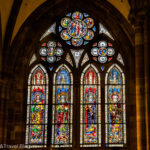
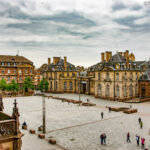
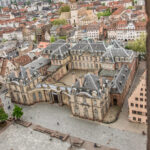
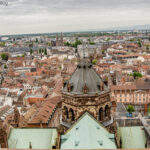
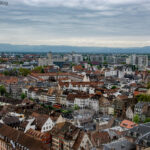
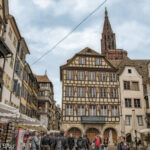
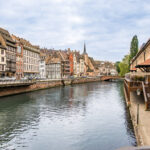
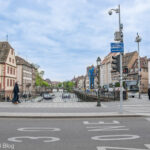
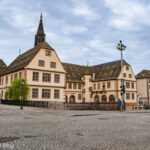
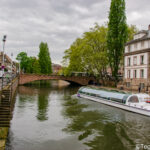
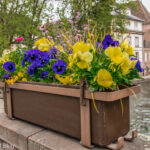
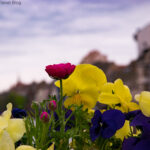
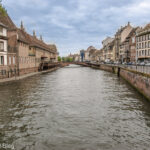
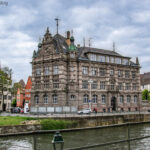
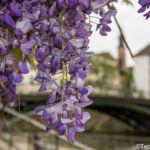
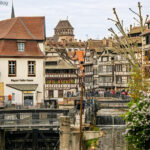
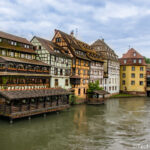
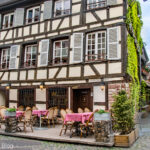
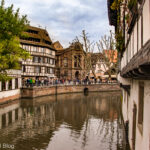
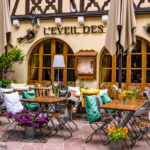

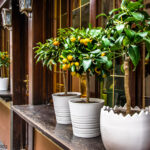
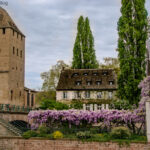
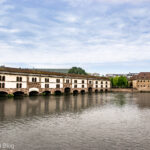
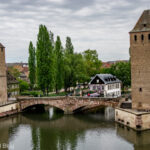
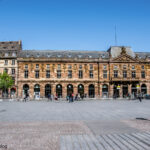
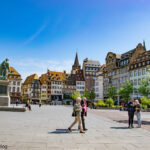
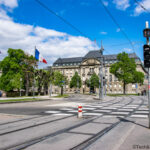
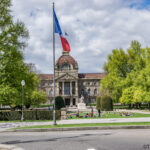
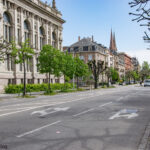
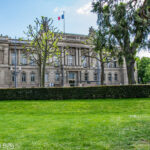
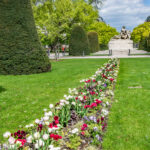
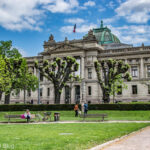
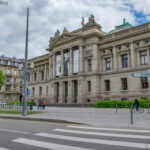
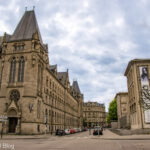
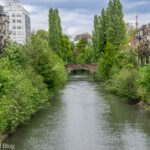
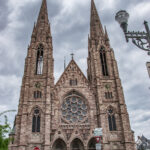
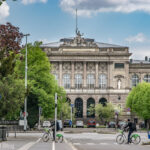
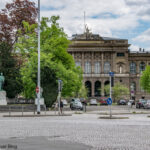
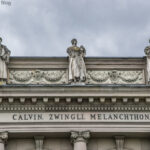
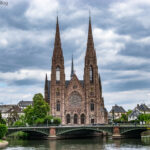
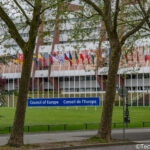
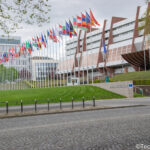
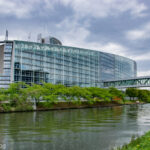

Leave a Reply